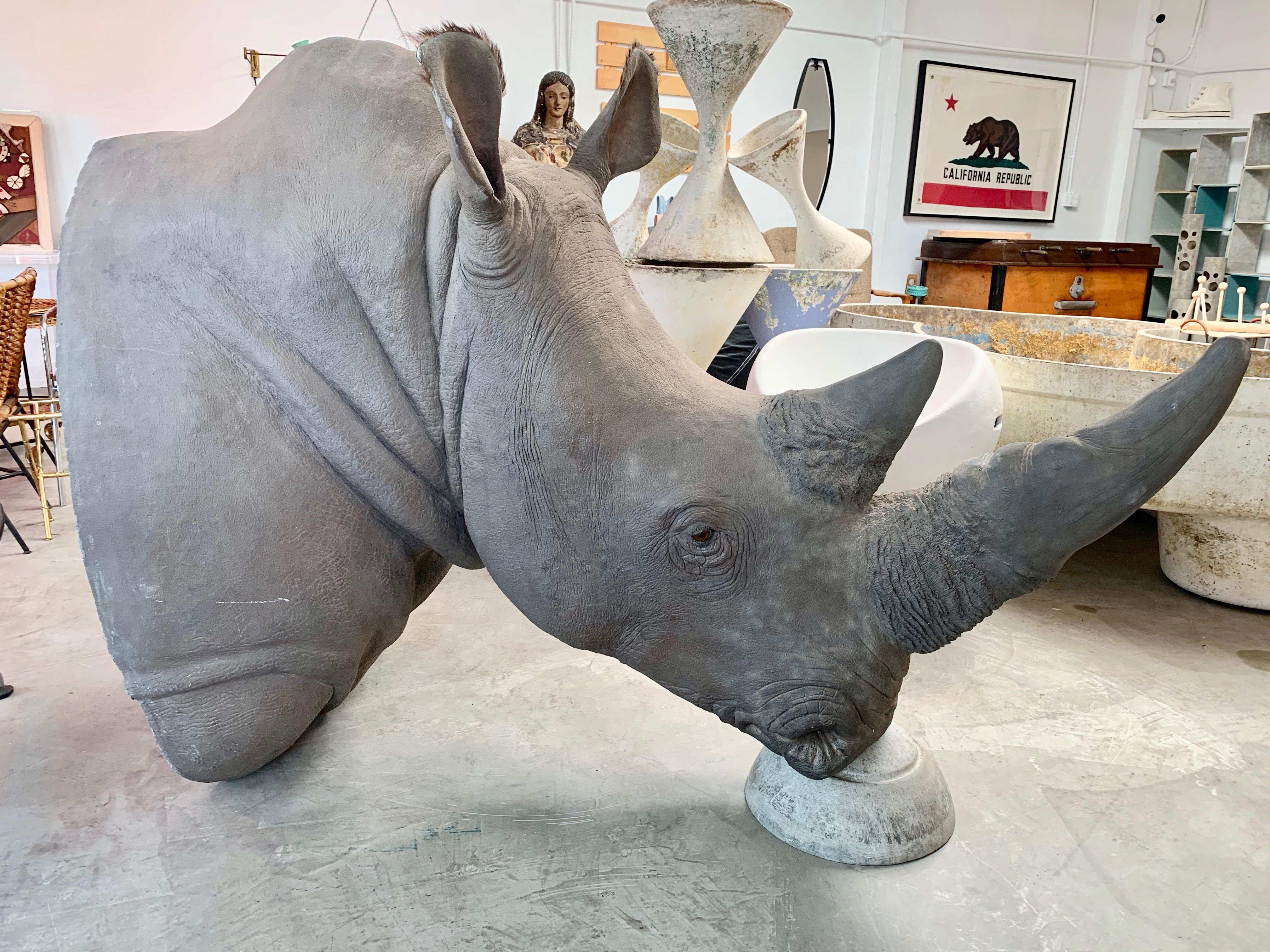
We first predicted the expected number of rhinos killed per day if trends in poaching rates continue, and second the expected population size of white rhinos during 2013. For white rhinos we use the predictions derived from demographic and poaching trends identified up to 2010. Using a combination of black rhino demographic information obtained during 2008 together with recorded poaching incidences between 20, we aim to predict the expected number of black rhinos killed per day as well as their population size during 2013. mimicking population regulation through removal of rhinos for live sales, ) on the population contributed together with poaching to the non-growth of the white rhino population after 2008.

After becoming extinct in Kruger in 1896 and reintroduced in the 1960’s, white rhino numbers increased until 2008. Restoring ecological process, or if not possible mimicking the outcomes of those processes provide opportunities to reconcile biodiversity and financial objectives, with poaching carrying consequences for these values. The Kruger white rhino population is a keystone conservation entity and provided conservation-based revenue historically for SANParks through live sales. Responses of authorities focus on managing the threats that poaching poses to the persistence of rhinos, a key measure of which is population size and growth rates.ĭuring 2008, SANParks estimated that 627 (95% CI: 588–666) black rhinos resided in Kruger increasing at 6.75% per annum. It is here where both species are suffering a poaching onslaught for their priced horns. Kruger National Park (Kruger) is a stronghold of several mega-herbivore species including the southern white rhinoceros ( Ceratotherium simum simum) and the south-eastern black rhinoceros ( Diceros bicornis minor). Mega-herbivores are key species that influence several objectives that conservation agencies seek to achieve. Strategic responses such as anti-poaching that protect supply from illegal harvesting, reducing demand, and increasing supply commonly require crime network disruption as a first step complimented by providing options for alternative economies in areas abutting protected areas. Biological management of rhinos, however, need complimentary management of the poaching threat as present poaching trends predict detectable declines in white rhino abundances by 2018. Density- and rainfall-dependent responses in birth- and death rates of white rhinos provide opportunities to offset anticipated poaching effects through removals of rhinos from high density areas to increase birth and survival rates. The black rhino estimate of 414 individuals (95% confidence interval: 343-487) was lower than the predicted 835 individuals (95% CI: 754-956). The exponential escalation in number of rhinos poached per day appears to have slowed. Counting rhinos on 878 blocks 3x3 km in size using helicopters, estimating availability bias and collating observer and detectability biases allowed estimates using the Jolly’s estimator.

Kruger is a stronghold for the south-eastern black rhino and southern white rhino. We used previously published estimates and growth rates for black rhinos (2008) and white rhinos (2010) together with known poaching trends at the time to predict population sizes and poaching rates in Kruger National Park, South Africa for 2013. When losses due to poaching exceed birth rates, declining rhino populations result.

The onslaught on the World’s rhinoceroses continues despite numerous initiatives aimed at curbing it.


 0 kommentar(er)
0 kommentar(er)
